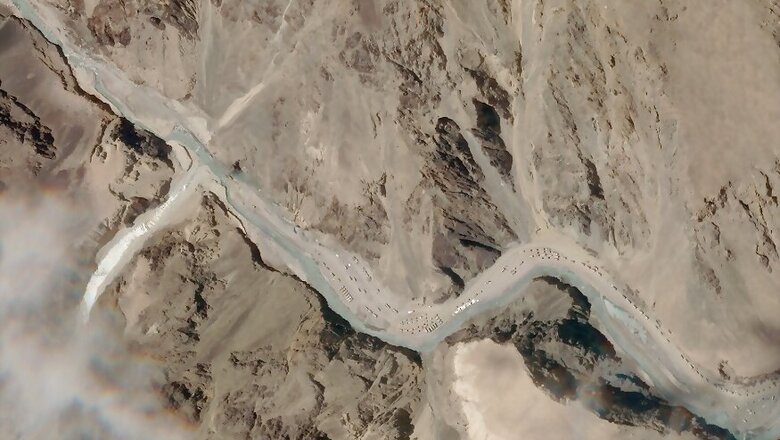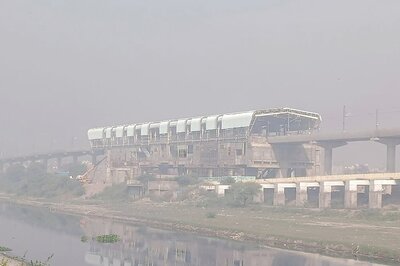
views
China on Thursday once again claimed that it was Indian front-line who crossed the Line of Actual Control which led to Monday night’s deadly clash, as it continues to push its claims over Galwan Valley in eastern Ladakh.
“Indian troops broke the consensus and crossed the Line of Actual Control, deliberately provoking and attacking Chinese officers and soldiers, thus triggering fierce physical conflicts and causing casualties,” Chinese Foreign Ministry Spokesperson Zhao Lijian said in a statement on Thursday.
In the fresh offensive, Beijing again claimed sovereignty over the entire Galwan Valley. “India must not misjudge the current situation or underestimate China's firm will to safeguard its territorial sovereignty,” the Chinese official said.
But he added that the situation at the border is now stable and under control. “The two sides agreed to cool down the situation as soon as possible.”
Twenty Indian Army personnel were killed in action in a violent face-off with Chinese soldiers in the Galwan area on Monday night, marking a sharp escalation in tensions between the two countries.
While Indian Army has said the clash took place on India’s side of the LAC, China in turn claims it was the Indian troops that crossed the de facto border.
On Wednesday, PLA western theatre command spokesperson Colonel Zhang Shiuli had also claimed sovereignty over the Galvan Valley, saying the area had always belonged to China.
India has rubbished the Chinese military’s claim of sovereignty over the Valley in eastern Ladakh, saying such “untenable claims” go against an understanding between the senior military commanders reached on June 6 to de-escalate and disengage along the Line of Actual Control (LAC).
While a Chinese map of 1962 extends its boundary up to the Shyok river – the zone of contention today – for India, Galwan was always seen as an area where the lay of the Line of Actual Control (LAC) was not disputed, unlike in other areas.
The capture of the river valley, at the heart of the border standoff, provides the PLA strategic domination over positions overlooking India’s Darbuk-Shyok-Daulat Beg Oldi (DSDBO) road, which connects Leh to the Karakoram Pass.


















Comments
0 comment